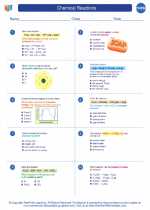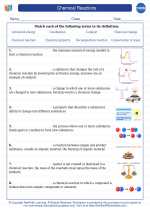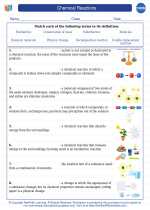Silicates
Silicates are a diverse group of minerals that are the most abundant group of minerals on Earth's crust. They are composed of silicon and oxygen, and often contain other elements such as aluminum, iron, magnesium, potassium, and sodium. Silicates are important in many geological and industrial processes and have a wide range of applications.
Structure of Silicates
Silicates have a basic building block called the silicon-oxygen tetrahedron, which consists of a silicon atom at the center bonded to four oxygen atoms at the corners. These tetrahedra can link together in various ways to form different silicate structures.
The different arrangements of the silicon-oxygen tetrahedra give rise to the classification of silicates into several groups, including:
- Orthosilicates (nesosilicates)
- Inosilicates (chain silicates)
- Cyclosilicates (ring silicates)
- Phyllosilicates (sheet silicates)
- Tectosilicates (framework silicates)
Properties and Uses
Due to their diverse structures, silicates have a wide range of properties and uses. Some common uses of silicate minerals include:
- Building materials: Silicates such as quartz and feldspar are important components of many building materials, including concrete and ceramics.
- Gemstones: Some silicates, such as garnet and olivine, are used as gemstones.
- Industrial applications: Silicates are used in various industrial processes, such as in the production of glass, insulation materials, and abrasives.
- Geological significance: Silicate minerals are important indicators of the conditions under which rocks form and can provide valuable information about Earth's history.
Study Guide
When studying silicates, it's important to understand the following key concepts:
- The structure of the silicon-oxygen tetrahedron and how it forms the basis for different silicate structures.
- The classification of silicates into different groups based on their structure, and the characteristics of each group.
- The properties and uses of silicate minerals, including their industrial, geological, and commercial significance.
- The identification and distinguishing features of common silicate minerals, such as quartz, feldspar, and mica.
Additionally, practicing the identification of silicate minerals through visual recognition and mineral testing can help reinforce your understanding of the topic.
Remember to review the chemical composition of common silicate minerals and their physical properties to gain a comprehensive understanding of the topic.
Good luck with your studies!
[Silicates] Related Worksheets and Study Guides:
.◂Chemistry Worksheets and Study Guides High School. Chemical Reactions

 Worksheet/Answer key
Worksheet/Answer key
 Worksheet/Answer key
Worksheet/Answer key
 Worksheet/Answer key
Worksheet/Answer key
 Worksheet/Answer key
Worksheet/Answer key
 Worksheet/Answer key
Worksheet/Answer key
 Vocabulary/Answer key
Vocabulary/Answer key
 Vocabulary/Answer key
Vocabulary/Answer key
 Vocabulary/Answer key
Vocabulary/Answer key
